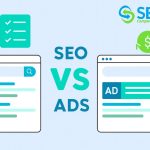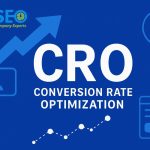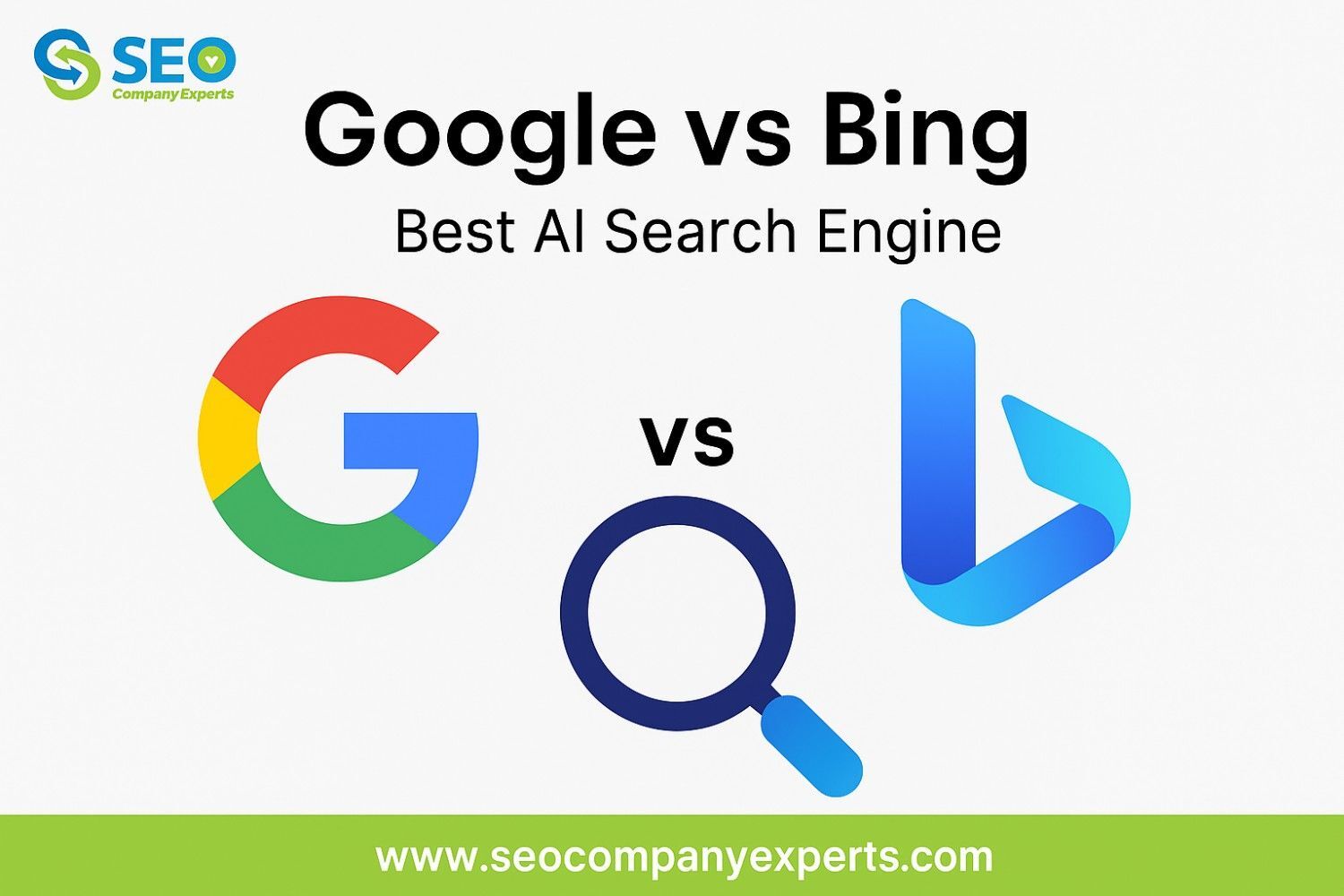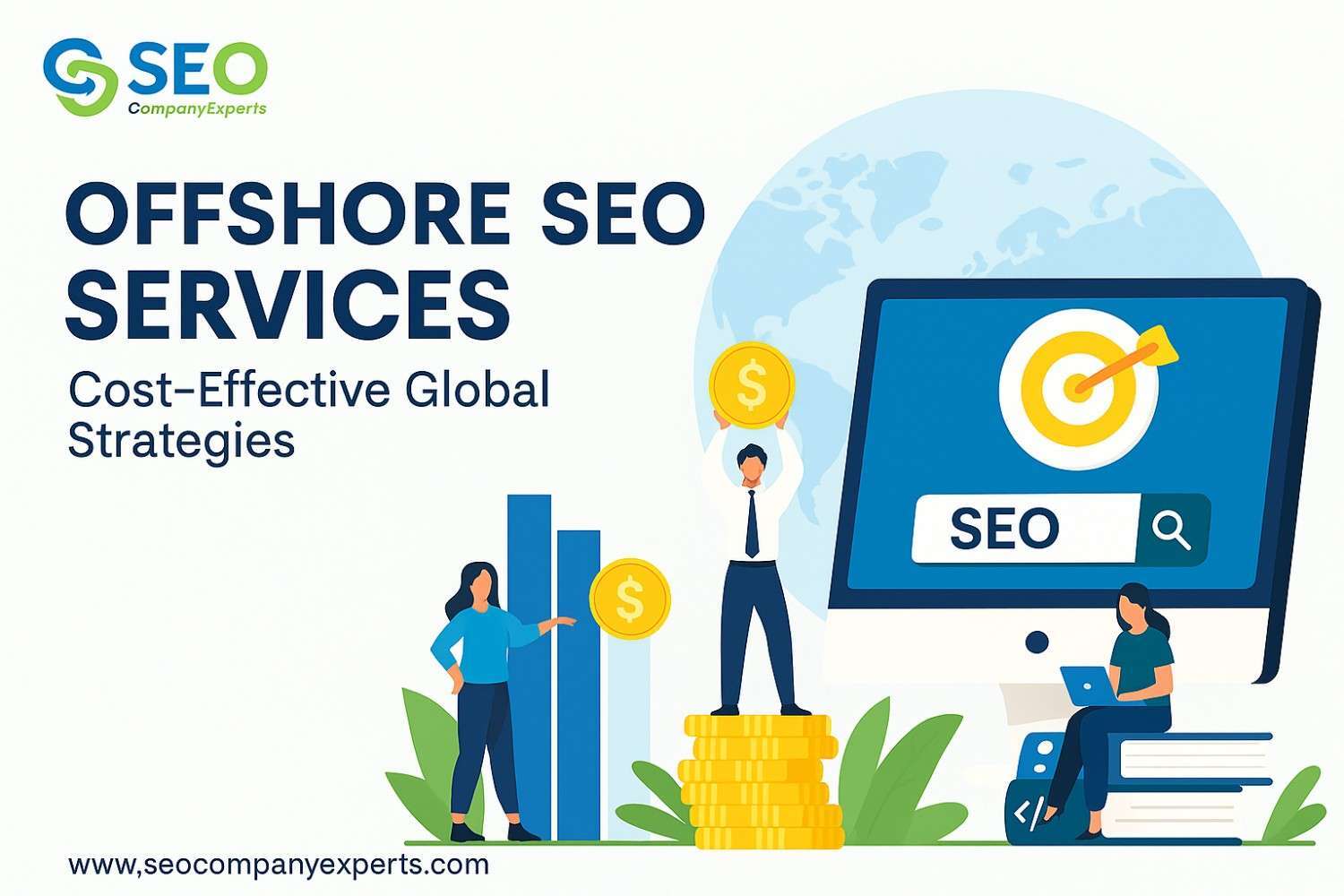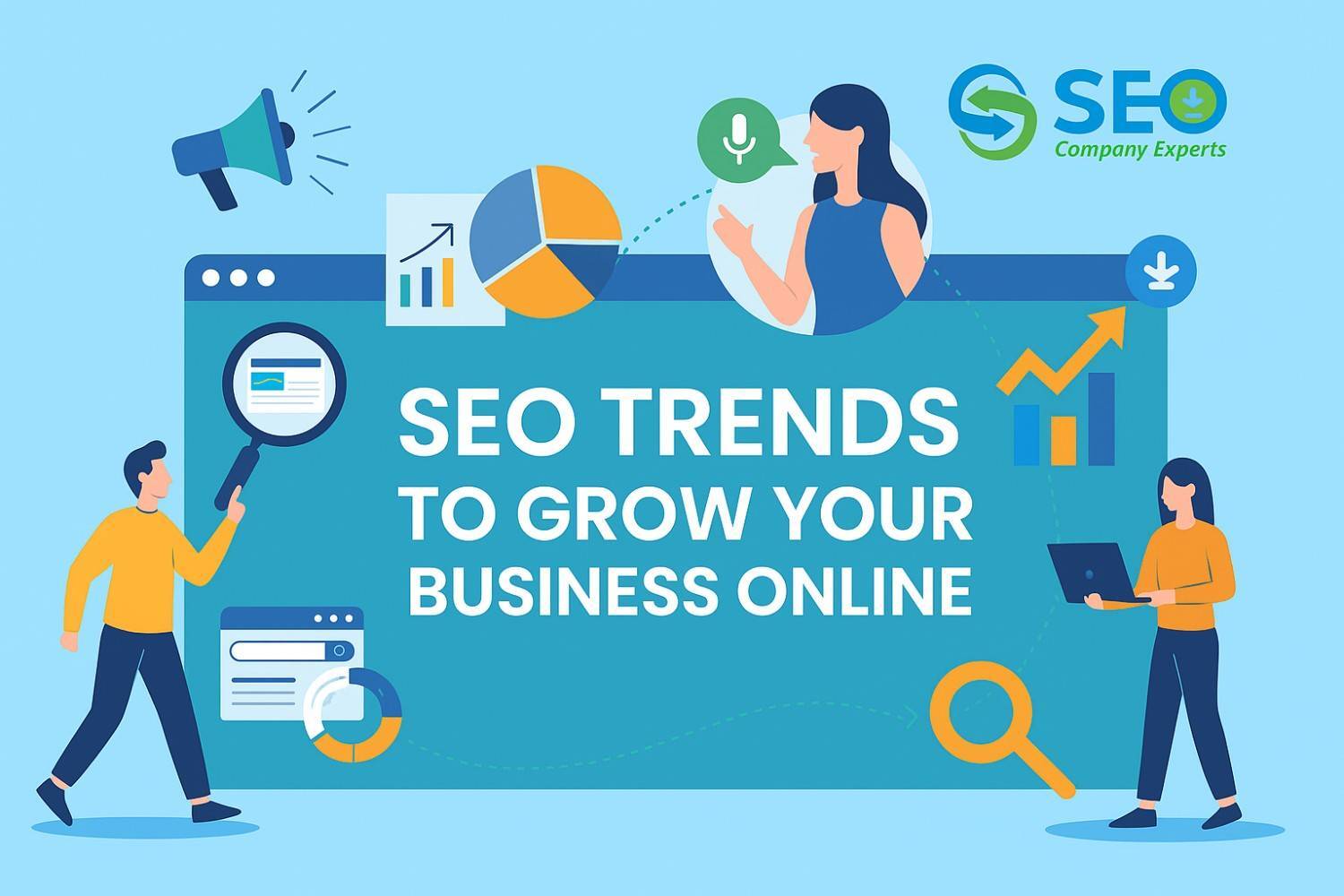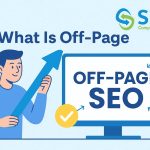
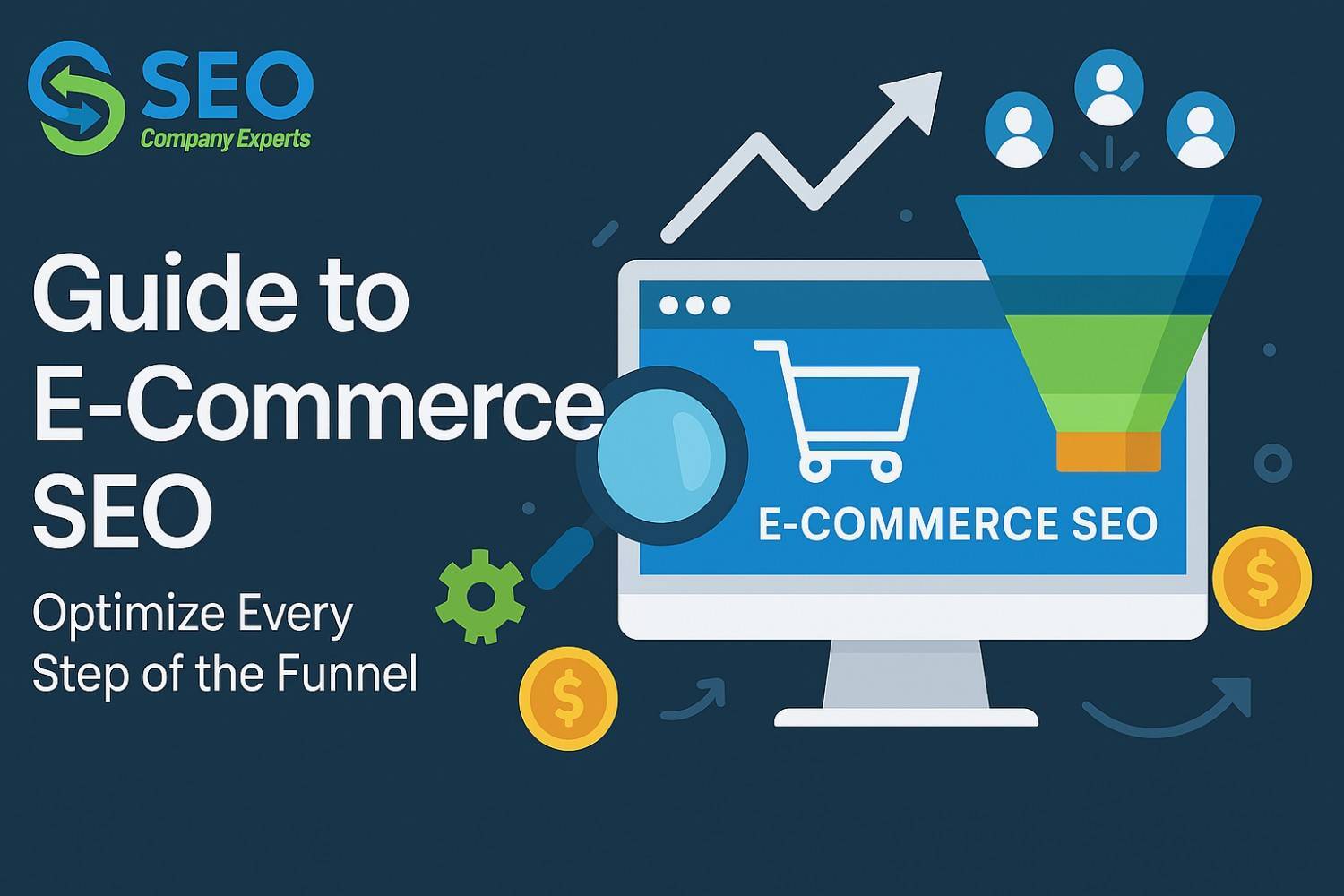
In today’s hyper-competitive digital landscape, simply having an online store isn’t enough. With over 26 million e-commerce sites worldwide and global e-commerce sales projected to surpass $7 trillion in 2025, online retailers are locked in a fierce battle for visibility and customer attention. Yet, more than half of web traffic comes from organic search, making SEO not just a growth lever, but a necessity.
You’ve built a stunning online store with premium products, competitive prices, and seamless user experience. Yet, your website sits in digital obscurity while competitors with inferior offerings dominate search results and capture your potential customers. This scenario plays out for thousands of e-commerce businesses daily, not because their products lack quality, but because they’re missing the fundamental ingredient for online success: strategic SEO optimization.
The problem runs deeper than most business owners realize. 70-80% of online shoppers ignore paid ads in favor of organic results, and organic traffic converts higher and drives the most traffic (53% of the traffic). Without a comprehensive eCommerce SEO guide, you’re essentially invisible to the majority of potential customers actively searching for your products. The solution lies in understanding and implementing a systematic ecommerce SEO strategy that optimizes every step of your customer’s journey—from initial awareness to final purchase and beyond.
What is E-Commerce SEO and Why It’s Critical for Success
SEO for eCommerce websites differs fundamentally from traditional website optimization. While standard SEO focuses on driving traffic to informational content, e-commerce SEO targets high-intent, purchase-ready customers throughout their entire buying journey.
The average eCommerce brand will rank for 1,783 keywords in the organic search results and drive 9,625 organic monthly visits. More importantly, organic search traffic converts higher than other channels, with Shopify reporting a 2.93% conversion rate—the best among all traffic sources for online stores.
Key Success Metrics for E-Commerce SEO:
- Conversion Rate: Organic search boasts an average conversion rate of 2.8%, outperforming social media and email
- Traffic Value: This traffic would cost nearly £11,800 each month if it was to be acquired via paid search
- Purchase Intent: 70% of e-commerce searches are transactional, indicating purchase intent
Understanding the E-Commerce SEO Funnel
The eCommerce SEO funnel represents how potential customers discover, evaluate, and purchase your products through organic search. Unlike traditional marketing funnels, the SEO funnel requires specific optimization strategies for each stage to capture different search intents effectively.
Awareness Stage: Capturing Early-Stage Searches
Top-funnel optimization targets broad, informational queries like “best running shoes” or “laptop buying guide.” Your ecommerce SEO strategy should include comprehensive content that educates customers while subtly introducing your products.
Consideration Stage: Product Research and Comparison
Middle-funnel searches become more specific as customers compare options. Terms like “iPhone vs Samsung camera quality” or “best budget laptops under $500” indicate deeper research behavior.
Purchase Stage: Converting High-Intent Traffic
Bottom-funnel searches show immediate purchase intent through specific product names, model numbers, and transactional keywords like “buy,” “discount,” or “free shipping.”
Essential SEO Audit for E-Commerce Websites
Before implementing optimization strategies, conducting a comprehensive SEO audit for ecommerce websites identifies critical issues affecting your search performance. This audit should examine technical, content, and structural elements unique to online stores.
Technical SEO Foundation Elements:
- Site Speed: Core Web Vitals significantly impact both rankings and user experience
- Mobile Responsiveness: Essential for capturing mobile commerce traffic
- SSL Security: Non-negotiable for customer trust and Google rankings
- Site Architecture: Logical product categorization and navigation structure
Mastering E-Commerce Product Page SEO
Ecommerce product page SEO forms the cornerstone of your optimization strategy. Product pages must simultaneously provide comprehensive customer information while targeting relevant search queries that drive qualified traffic.
Product Title and Description Optimization
Effective product titles include primary keywords while remaining natural and compelling. Instead of generic titles like “Men’s Shoe,” optimize for “Men’s Running Shoes – Lightweight Athletic Sneakers for Marathon Training.”
Product descriptions require unique, detailed content addressing customer questions and incorporating relevant keywords naturally. Avoid manufacturer descriptions that create duplicate content across multiple retailers.
Essential Product Page Elements:
- High-quality images with descriptive alt text and keyword-rich file names
- Customer reviews that provide fresh, user-generated content
- Detailed specifications answering common customer questions
- Related product suggestions improving internal linking structure
E-Commerce Category Page SEO Excellence
E-commerce category page SEO requires balancing user navigation needs with search engine optimization. Category pages often serve as primary landing pages for broad, high-traffic keywords while organizing products logically for customers.
Category Page Content Strategy
Many online stores create thin category pages with only product listings. Category page SEO ecommerce best practices include adding unique, valuable content describing the category, explaining product benefits, and providing helpful customer information.
Effective Category Page Components:
- Descriptive category content targeting broad keywords
- Buying guides and tips providing customer value
- Filter and sorting options with proper technical implementation
- Featured products highlighting best-sellers or promotions
Technical SEO for E-Commerce Success
Technical SEO for ecommerce addresses unique challenges facing online stores, from handling thousands of product pages to managing inventory changes and complex site structures.
Critical Technical Elements
Site architecture must support both user navigation and search engine crawling. Implementing logical URL structures, proper internal linking, and efficient site maps helps search engines understand your product catalog organization.
Handling duplicate content presents ongoing challenges for e-commerce sites. Product variants, similar descriptions, and manufacturer content require strategic management through canonical tags and unique content creation.
On-Page SEO for E-Commerce Websites
On-page SEO for e-commerce extends beyond individual product optimization to encompass site-wide elements impacting search performance. Every page requires unique optimization while maintaining consistent brand messaging and user experience.
Title Tags and Meta Descriptions Strategy
Each page needs unique, optimized title tags incorporating relevant keywords while remaining compelling for users. Meta descriptions should encourage clicks while setting clear expectations about page content and value proposition.
Advanced E-Commerce Funnel Optimization
Ecommerce funnel optimization requires creating targeted content for each customer journey stage. This approach captures broader audiences while nurturing them toward purchase decisions through strategic content placement and optimization.
Content Marketing for E-Commerce SEO
Blog content, buying guides, and educational resources establish authority while targeting informational keywords. This content supports the entire funnel by answering customer questions and building trust before purchase decisions.
Multi-Stage Content Strategy:
- Top-funnel: Educational blog posts and industry guides
- Middle-funnel: Product comparisons and detailed reviews
- Bottom-funnel: Product-specific content and promotional pages
Data-Driven Results and Success Stories
The impact of strategic e-commerce SEO implementation extends far beyond traffic increases. Businesses implementing comprehensive SEO strategies report significant improvements across multiple performance metrics.
Organic search will account for 53% of all website traffic by 2025, making SEO optimization increasingly critical for competitive advantage. Companies focusing on optimize ecommerce sales funnel through SEO report average revenue increases of 30-50% within the first year of implementation.
Case studies from leading e-commerce brands demonstrate consistent patterns: businesses investing in comprehensive SEO strategies see sustained growth in organic traffic, improved conversion rates, and higher customer lifetime values. The key lies in systematic implementation across all funnel stages rather than focusing solely on individual tactics.
The average conversion rate across all ecommerce businesses is 1.81%, but companies with optimized SEO funnels consistently achieve conversion rates exceeding 3-4%. This improvement directly translates to increased revenue without proportional increases in customer acquisition costs.
Measuring E-Commerce SEO Success
Successful SEO for online stores requires tracking metrics directly relating to business impact. Beyond traditional SEO metrics like rankings and traffic, e-commerce measurement should focus on conversion-related indicators and revenue attribution.
Key performance indicators include organic revenue growth, conversion rates from SEO traffic, average order values, and customer lifetime value from organic visitors. These metrics provide clearer pictures of SEO’s business impact than traffic metrics alone.
Conclusion
Mastering eCommerce SEO means addressing the unique challenges of online retail while optimizing every customer touchpoint. A well-rounded strategy boosts organic visibility, conversion rates, and lowers customer acquisition costs. Successful eCommerce SEO provides real value to customers and helps search engines rank your content effectively. This includes technical optimization, quality content, and a seamless user experience. With constant changes in search algorithms, customer behavior, and competition, ongoing adaptation is key. Consistent SEO efforts across the funnel will help businesses capture organic growth and maintain a competitive edge in the market.
